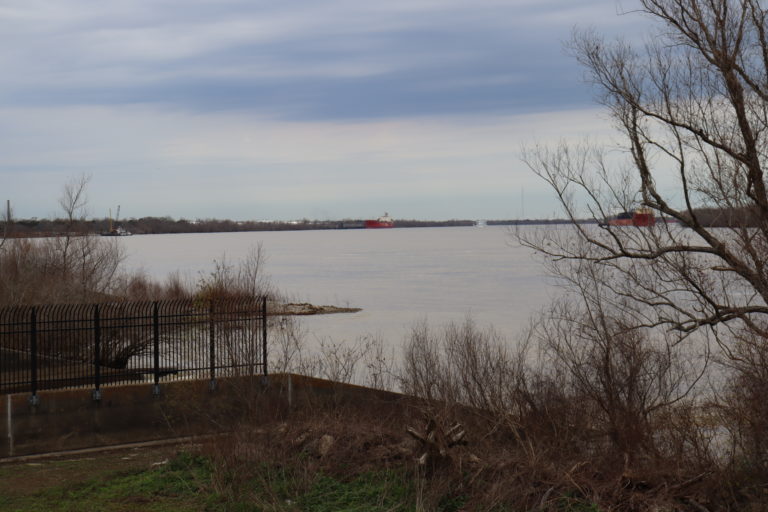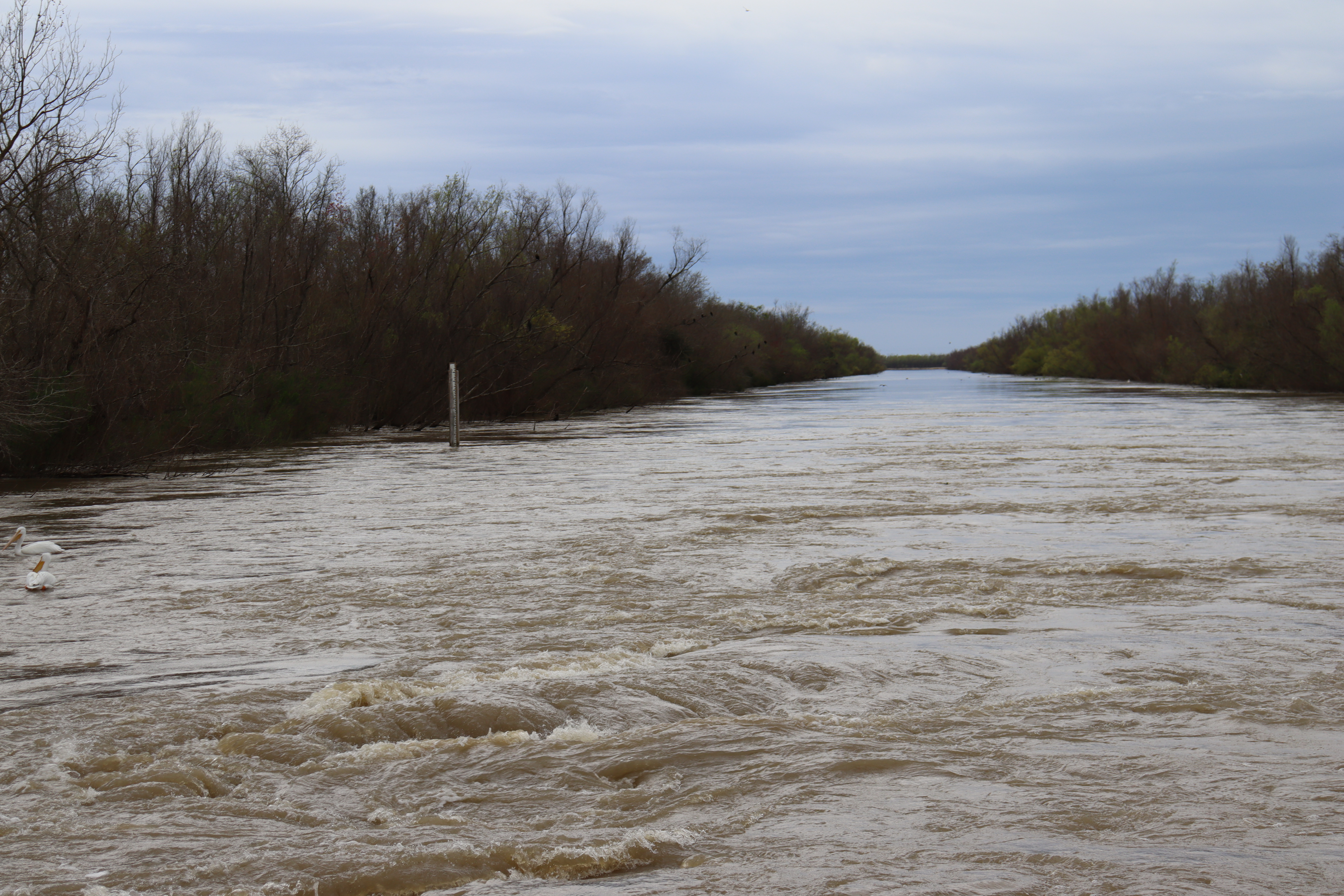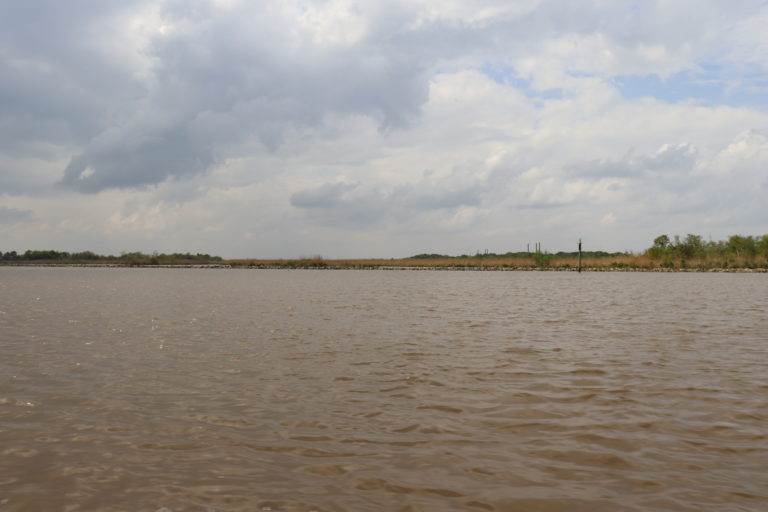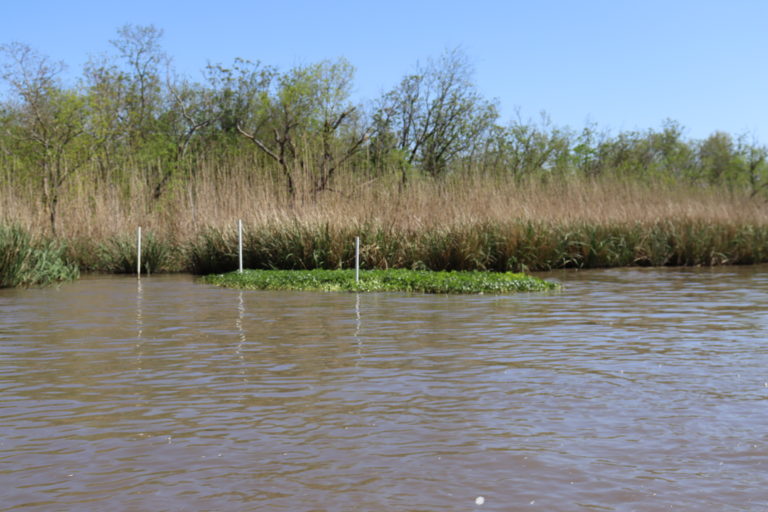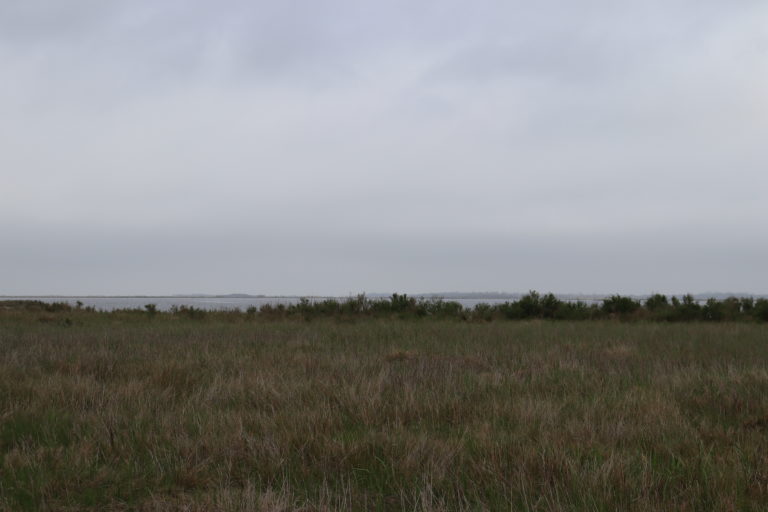Pontchartrain
History
Lake Lery is located in Plaquemines Parish, about two hours from Lafayette, Louisiana. According to the Louisiana Coastal Wetlands Conservation and Restoration Task Force, Lake Lery’s southern and western shorelines as well as surrounding wetlands were heavily damaged during Hurricane Katrina in 2005 and as years went on, waves further damaged the lake’s shoreline (BS-16.pdf (lacoast.gov)). The waves have caused an increased loss of emergent marsh habitat. As a result of this damage, South Lake Lery’s Shoreline and Marsh Restoration Project, known as BS-0016, was approved in 2007 to potentially restore an area of 551 acres. This project is both marsh creation and shoreline restoration. With regards to marsh creation, this project will have a hydraulic dredge extract material from the lake’s water bottom and pump that material into the contained marsh creation cells located south and west of the southern and western Lake Lery shorelines. This technique created and nourished around 642 acres of intermediate marsh. With regards to the shoreline protection component of this project, it included a barge-mounted dragline that excavated material from the bottom of Lake Lery and placed that material along the southern and western shorelines, which built the shoreline’s height.
Just about 15 miles north of Lake Lery, is Biloxi Marsh. The Biloxi Marsh is a marsh creation project that was constructed in 2016 for the purpose of protecting approximately four miles of shoreline along the southeastern region of Lake Borgne. Biloxi Marsh consists of more than 100,000 acres of coastal wetlands, and this marsh complex serves as a primary wave and storm surge barrier protecting New Orleans and surrounding parishes (Biloxi Marsh Shoreline Protection | HDR (hdrinc.com)). Biloxi Marsh has suffered significant degradation from the impacts of various natural and anthropogenic factors. Saltwater intrusion, subsidence, sea level rising, erosion from waves, reduced sediment input, and other mechanisms have resulted in the loss of over 15,000 acres of marsh over the past 75 years. The project’s goal is to minimize shoreline retreat to help protect a portion of the marshes in the Biloxi Wildlife Management Area, thus helping save the ecosystem that also serves as a protective barrier for the city of New Orleans against surge and waves during tropical events.
Tour
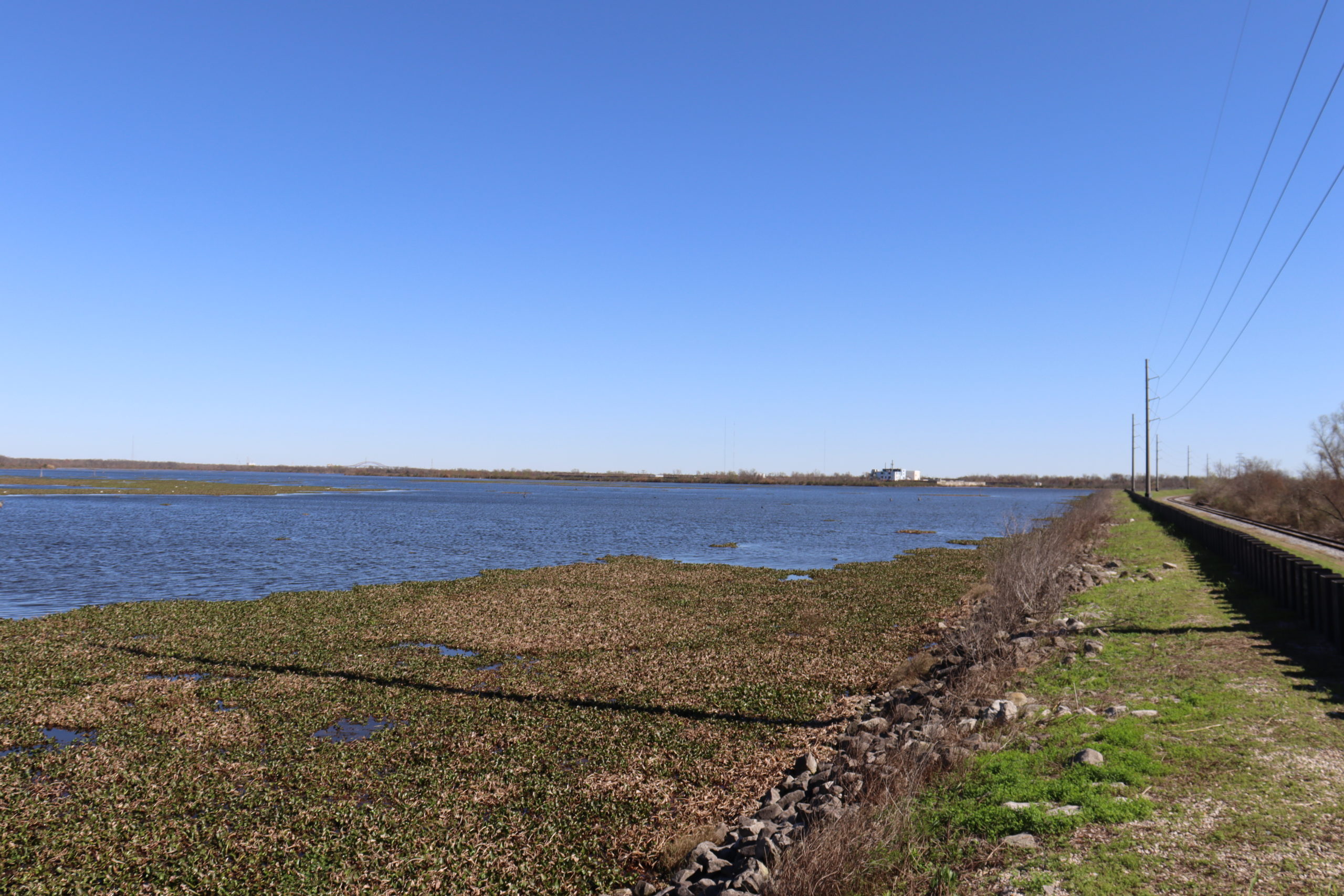
The Lake Lery project is specifically located south of the Caernarvon Freshwater Diversion Structure and west of the town of Delacroix, southeast of New Orleans. The Biloxi Marsh project is located along a 7-mile stretch of the southeastern shoreline of Lake Borgne and the Biloxi Wildlife Management Area in St. Bernard Parish, Louisiana Citation: Blanco Center - Haley Hoffman Presentation.
Expert
Dr. Henkel gave a presentation about Lake Lery and Biloxi Marsh. She stated Lake Lery involved the creation of 396 acres of marsh and the restoration of approximately 32,000 feet of the southern Lake Lery shoreline in Plaquemines Parish using 3.7 million cubic yards of sediment dredged from Lake Lery. The main issue of Lake Lery is that much of the southern and western shorelines of Lake Lery and the surrounding wetlands were heavily damaged in 2005 by Hurricane Katrina. In the years following this storm, wind induced waves within the lake began to cause further damage to the lake’s shorelines. Currently the shorelines have become so damaged that the interior emergent marshes that are still intact are being exposed to the damaging waves. This has caused an increased loss of emergent marsh habitat. The main goal of this project is that the marsh creation aspect of the project would utilize a hydraulic dredge to extract material from Lake Lery water bottoms and pump that material into contained marsh creation cells which are located south of Lake Lery. The shoreline restoration project component would have a barge-mounted dragline excavating material from the bottom of Lake Lery and placing that material along 35,831 feet of the southern and western Lake Lery shorelines. This restored shoreline would have a 50 foot crown width and be built to a height considered high intertidal marsh.
Dr. Henkel also gave a presentation about Biloxi Marsh, in which, this project involved the construction of bioengineered oyster reefs along coastal fringe marsh in St. Bernard Parish. Installation occurred from Eloi Point to the mouth of Bayou La Loutre around Lydia Point and Paulina Point extending around the southern edge of Treasure Bay. This project was implemented in conjunction with other locally-led living shoreline projects in Plaquemines and Jefferson parishes. The main issue addressed in this project was to establish bio-engineered oyster reeds along coastal fringe marsh which will help prevent shoreline erosion. These reefs will serve as an important first line of defense for coastal marshes in the project area functioning to help sustain the lower Biloxi Marsh, an important land bridge separating the Gulf of Mexico from Lake Borgne by helping to prevent and/or reduce the rate of erosion of the marshes and shorelines along the shores of Eloi Bay. The project’s goal was to construct reefs using different technologies/methods to compare efficiency and efficacy of each method at reducing shoreline erosion The project will directly benefit as much as 3.1 linear miles of shoreline in St. Bernard Parish, in addition to smaller areas in Plaquemines and Jefferson.
Citations from Dr. Henkel:
Interview Findings
We interviewed community members and asked how they feel about the projects or how life is different than they remember. Community member P3 stated, “I was flooded by Katrina. So I have personally experienced the devastation of hurricanes and storm surge on my life and family. You know, in a way, it fundamentally changed my life. Seeing the loss of wetlands over time, communities disappearing, and people leaving and not coming back, I have seen this community that has sort of risen from the ashes and basically flattened and had to reinvent itself on every level if this rebuilding the infrastructure, homes, neighborhoods, and housing, but healthcare and education as a whole, you know, our levee system and the way we manage water and so forth. I’m in a community that’s in a better place because we rose to the occasion” (00:16). I think that this shows that Louisiana is willing to ‘rescue’ our coast and find solutions to this problem. Another community member, P5, stated “It’s my understanding that we are the only southern state that has created a climate change strategy taskforce and the strategy has been very proactive. As well as the coastal restoration plan pushing on both fronts at the same time, recognizing the relationship. And the legislature overall has continued to keep the money focused and going where it needs to go into coastal restoration. I think, though, that we have to be continually vigilant because there’s a lot of pressure to pull that money for other causes. So I think that’s one of the reasons why the community’s citizen participation is so important and absolutely crucial. It is just making sure that we are focused on our priorities and the money is going for where it should be going” (00:56). On the other hand, one community member expressed that flood insurance is a huge problem. Many insurance companies are leaving, and the ones that stay take people’s money with no real guarantee that they can cover widespread flood damage. This has created a level of distrust and anxiety between community and insurance companies. As well as, a classmate interviewed community member P5 which stated, “By looking at the projects of coastal land loss, the rising cost of insurance, housing, homeowner’s insurance and flood insurance. I know people have made the decision to move and the population projections have had a significant increase. The Saint Bernard Parish is actually the fastest growing parish in Louisiana”(00:26).
Citation: Joint class fieldwork notes, and Interviews with Community Members
Conclusion
These sites contribute to coastal restoration efforts by having both marsh creation and shoreline protection. Each project would create a structure to break waves and build the coast as well. Moveover, everyone wants cooperation and for expanded education about how our coast is in crisis. A few of the community members stated they would like to see grade schools teach about our coast, what we can do, what the coast will look like if we do not do anything, and why it is important to spread the word about it. One community member stated she was very passionate about educating people in the state about the coastal crisis. “Many are oblivions” she stated . The more we educate, the more help we will have with getting things done. Without everyone’s knowledge about what is going on and how much we are losing, it will continue to degrade. These sites are only the start, who knows what we will learn and implement 40 or 60 years from now.


